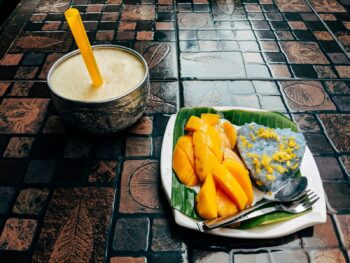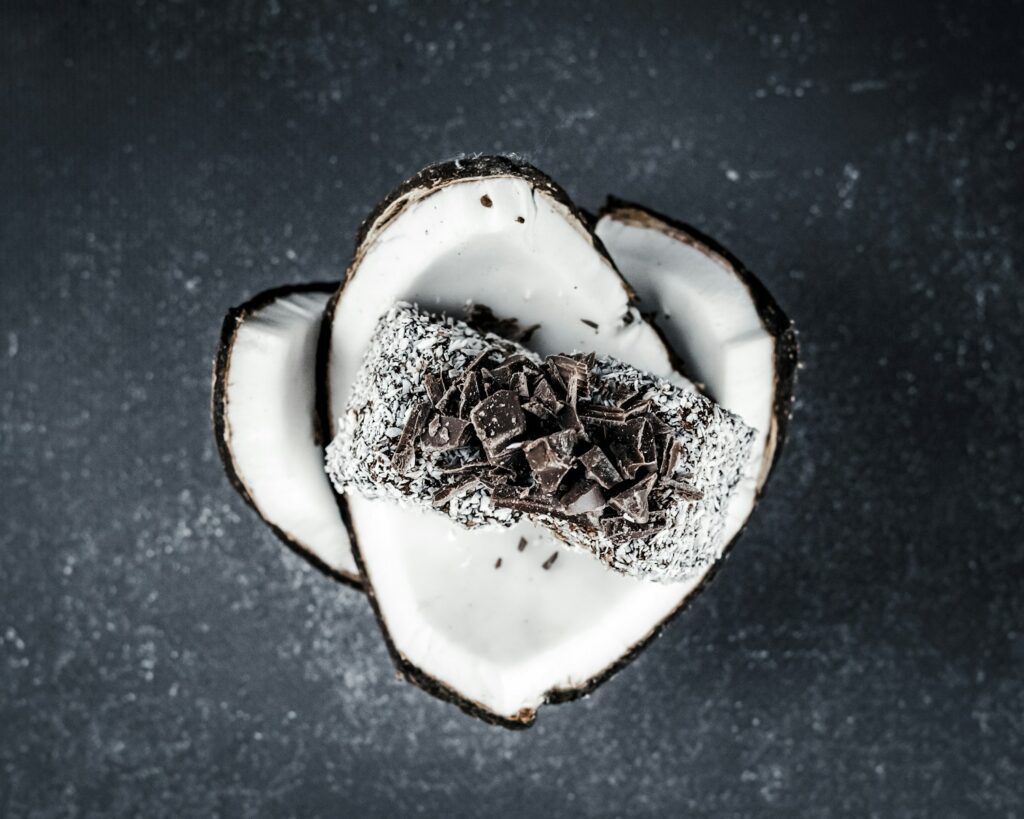
Desiccated coconut flakes are a versatile ingredient found in everything from cakes and cookies to curries and granola. Their rich, slightly sweet, and nutty flavor can add depth and texture to both sweet and savory recipes. However, working with desiccated coconut isn’t always straightforward. Home cooks and even professionals occasionally run into issues like dryness, chewiness, clumping, or flavor imbalance. Fortunately, many of these problems can be easily prevented or corrected with the right techniques and understanding.
In this article, we’ll explore common issues encountered when cooking or baking with desiccated coconut flakes, and provide practical solutions and tips to fix or prevent them.
1. Problem: Dry or Tough Texture in Baked Goods
Why it happens:
Desiccated coconut is finely shredded and has had most of its moisture removed. If not handled properly, it can absorb too much liquid from a recipe or remain tough and dry after baking.
Fix & Prevention Tips:
- Rehydrate before using: Soaking desiccated coconut in a small amount of warm water, milk, or coconut milk for 10–15 minutes can soften the flakes. This is particularly helpful in recipes like cakes, muffins, or cookies where a moist texture is desirable.
- Reduce baking time slightly: Overbaking can worsen the dryness. Keep an eye on the oven and use a toothpick test to avoid overcooking.
- Add extra moisture: Consider increasing the wet ingredients (e.g., eggs, yogurt, milk) slightly to compensate for the coconut’s absorbency.
2. Problem: Desiccated Coconut Flakes Too Weak or Overwhelming
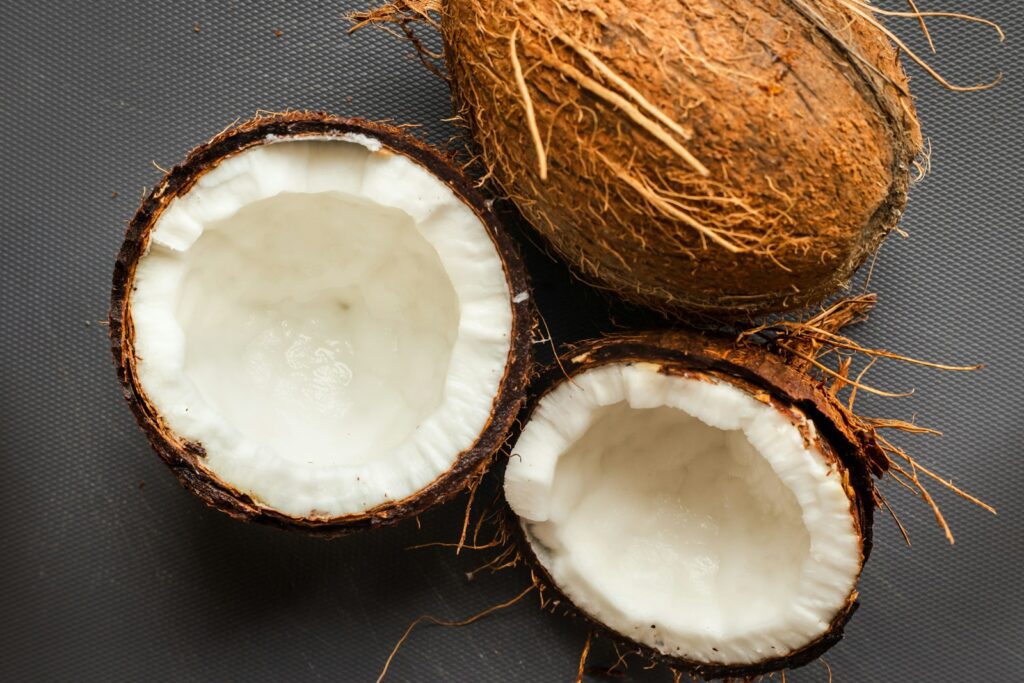
Why it happens:
Desiccated coconut can lose its flavor over time or overpower a recipe if used excessively. Improper storage or using stale flakes also reduces flavor intensity.
Fix & Prevention Tips:
- Use fresh desiccated coconut: Always check expiration dates and store flakes in an airtight container in a cool, dark place to preserve oils and flavor.
- Toast the coconut: Lightly toasting the flakes in a dry pan or oven enhances their aroma and flavor. Just be careful not to burn them—golden brown is ideal.
- Use coconut extract or milk: To boost flavor in baked goods, adding a small amount of coconut extract or replacing part of the liquid with coconut milk can enrich the overall taste.
- Balance flavors: In savory dishes, offset coconut’s richness with acidity (like lime juice) or heat (like chili).
3. Problem: Clumping or Uneven Distribution in Batters or Doughs
Why it happens:
Desiccated coconut tends to stick together due to its fine texture and can form clumps in moist batters or doughs, leading to uneven texture and pockets of coconut.
Fix & Prevention Tips:
- Fluff and separate flakes: Before adding to the mix, run a fork through the coconut or toss it lightly with a bit of flour to prevent clumping.
- Mix gently but thoroughly: Fold the coconut evenly into the batter at the end of mixing to ensure good distribution without overworking the dough.
- Sift with dry ingredients: Incorporating desiccated coconut into your dry ingredients before adding wet ones helps with even dispersion.
4. Problem: Burnt Coconut Toppings
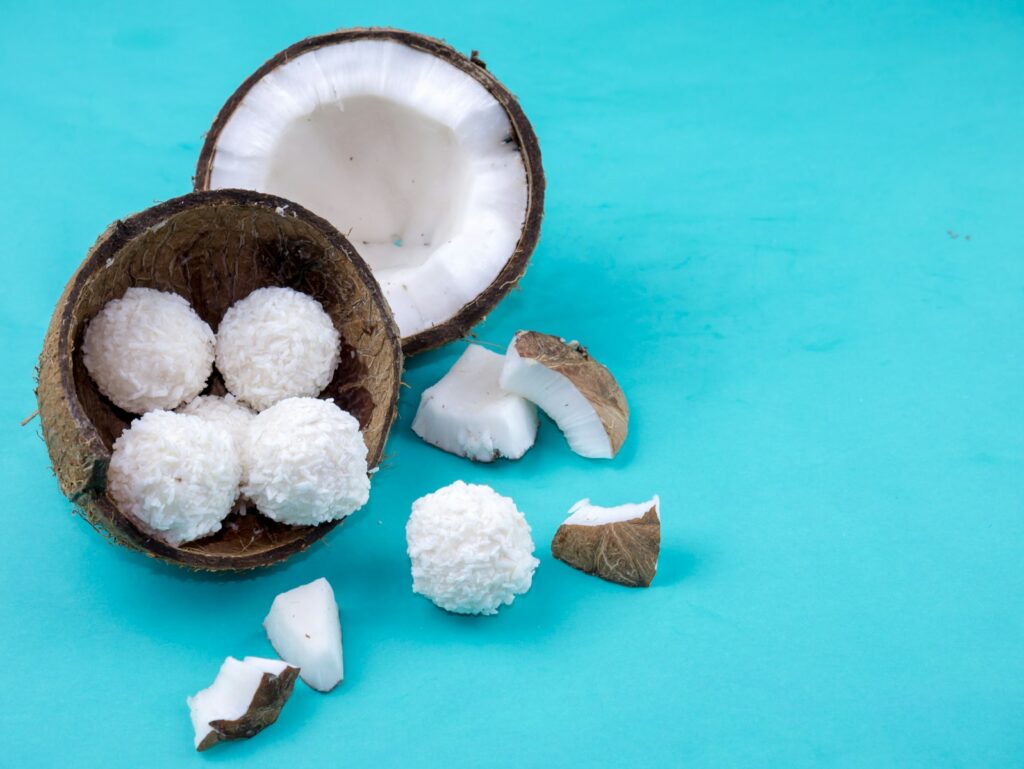
Why it happens:
Coconut flakes can toast and burn very quickly, especially when sprinkled on top of baked goods exposed to direct heat.
Fix & Prevention Tips:
- Add toppings midway through baking: To prevent burning, wait until halfway through the bake time before adding coconut on top.
- Cover loosely with foil: If you need to add the topping at the beginning, loosely tent the dish with foil and remove it for the last few minutes to brown.
- Use untoasted coconut: Let it naturally brown in the oven instead of starting with already toasted flakes, which burn faster.
5. Problem: Grittiness in Smooth Recipes (e.g., Custards or Ice Creams)
Why it happens:
Desiccated coconut has a fibrous, gritty texture that doesn’t dissolve, which can be off-putting in smooth-texture recipes.
Fix & Prevention Tips:
- Infuse and strain: For dishes like coconut custards, ice creams, or puddings, soak desiccated coconut in warm milk or cream, then strain the liquid before adding to the recipe. This extracts flavor without leaving bits behind.
- Use coconut milk or cream instead: Opt for canned coconut milk or cream for a smoother mouthfeel in creamy dishes.
- Blend it finely: If you need to keep the coconut in the recipe, pulse it in a food processor until it reaches a powder-like consistency.
6. Problem: Recipe Doesn’t Hold Together (e.g., Granola Bars, Energy Balls)
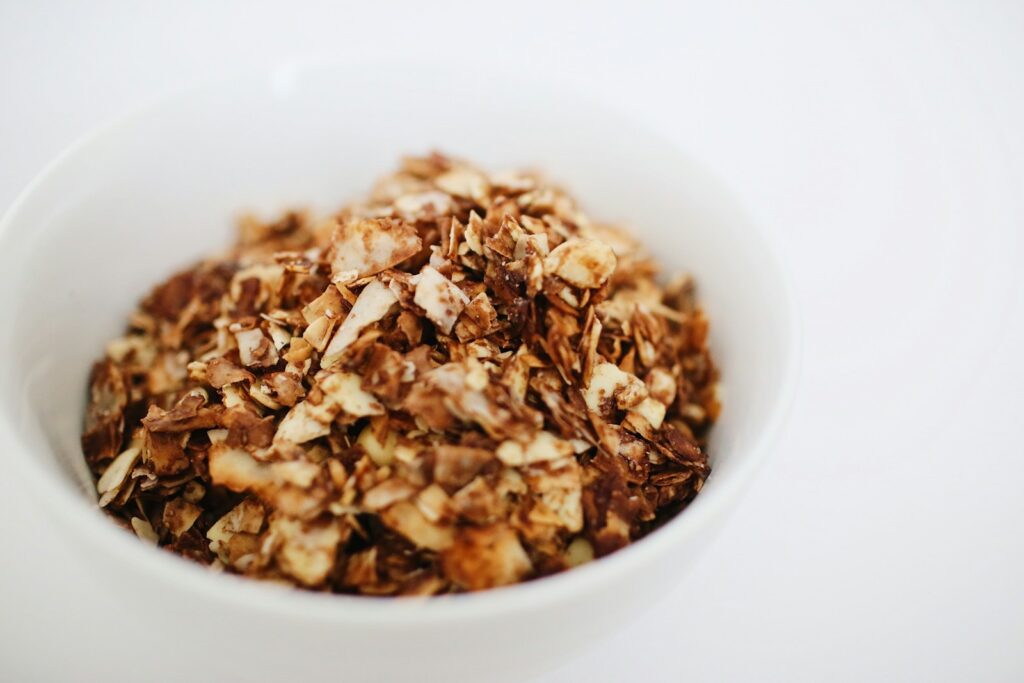
Why it happens:
The dry nature of desiccated coconut can prevent ingredients from binding well, especially in no-bake recipes.
Fix & Prevention Tips:
- Add a binding agent: Use ingredients like honey, maple syrup, nut butter, or dates to help hold everything together.
- Pulse coconut in a processor: Finer texture can improve cohesion in recipes that rely on sticking rather than baking.
- Chill before shaping: Let mixtures rest in the fridge before shaping to allow coconut to absorb moisture and bind better.
7. Problem: Too Oily or Greasy Outcome
Why it happens:
While desiccated coconut is low in moisture, it’s still high in natural oils. When used in large quantities or toasted too long, it can release excess oil into the dish.
Fix & Prevention Tips:
- Avoid over-toasting: Toast only until lightly browned and fragrant, not until oil visibly pools.
- Balance with dry ingredients: In baking, use flour, oats, or other absorbent dry ingredients to offset oiliness.
- Drain excess oil: After toasting, place coconut flakes on paper towels to blot extra oil before adding to recipes.
Bonus Tips: Storing and Choosing the Right Type
- Storage matters: Desiccated coconut can go rancid due to its fat content. Keep it in an airtight container in the fridge or freezer if you don’t use it often.
- Know your coconut: There’s a difference between sweetened and unsweetened, fine and medium desiccated flakes. Know what your recipe calls for. Sweetened coconut will affect sugar content and moisture, while finely desiccated versions will behave differently in doughs and batters than coarser ones.
Final Thoughts
Desiccated coconut flakes are a wonderful pantry staple, adding texture, richness, and a tropical flair to countless recipes. But they do come with quirks that can frustrate even experienced cooks. By understanding how this ingredient behaves in different environments—and applying a few simple tricks—you can troubleshoot common issues and achieve delicious, consistent results.
Whether you're baking chewy macaroons, simmering a Thai curry, or blending up coconut bliss balls, mastering desiccated coconut means elevating your dishes from good to great. With these tips in hand, you can confidently use coconut flakes as a reliable ingredient in your culinary toolkit.


